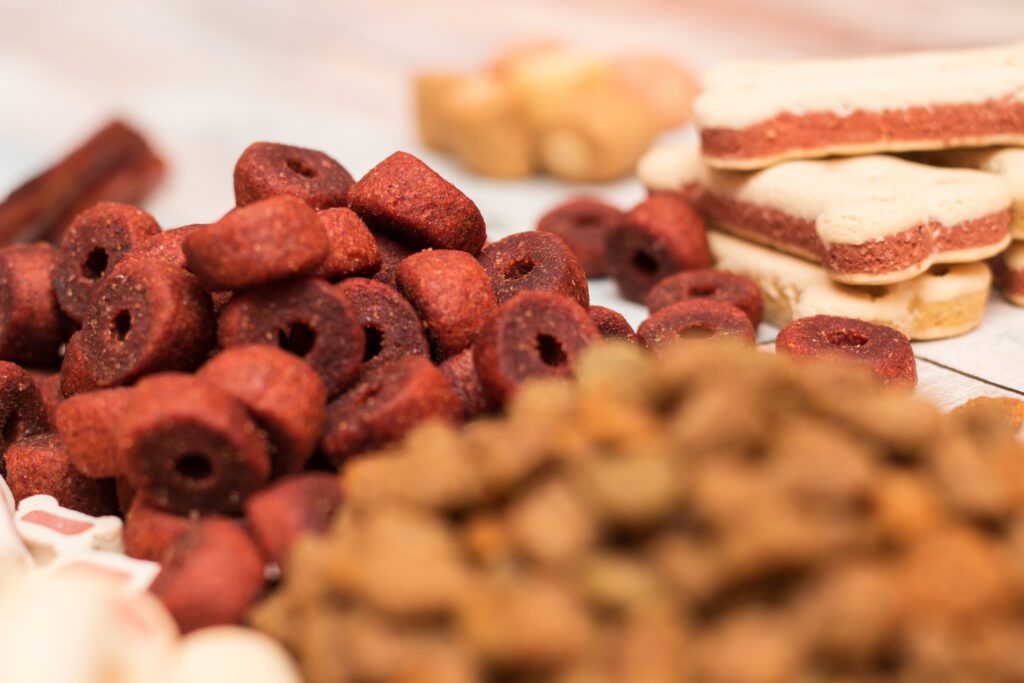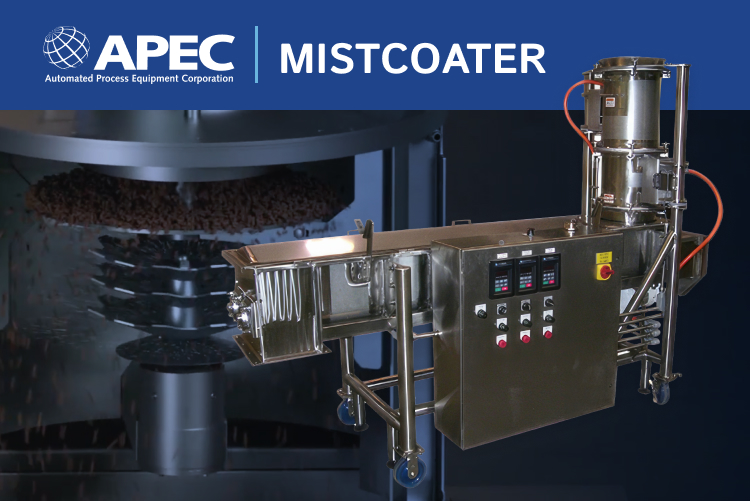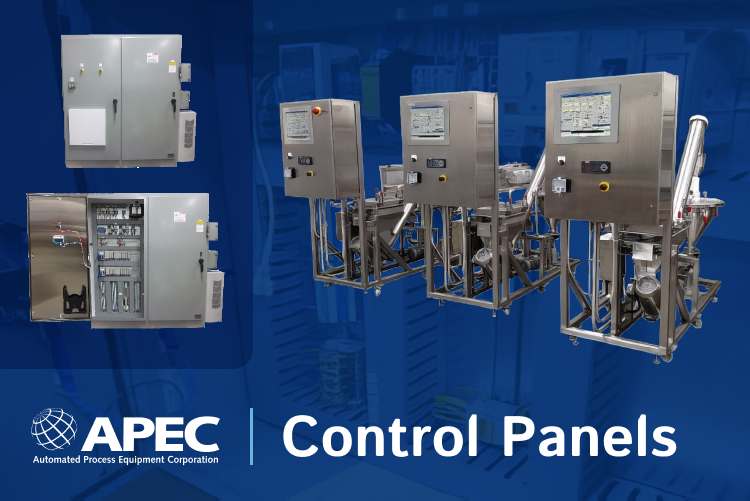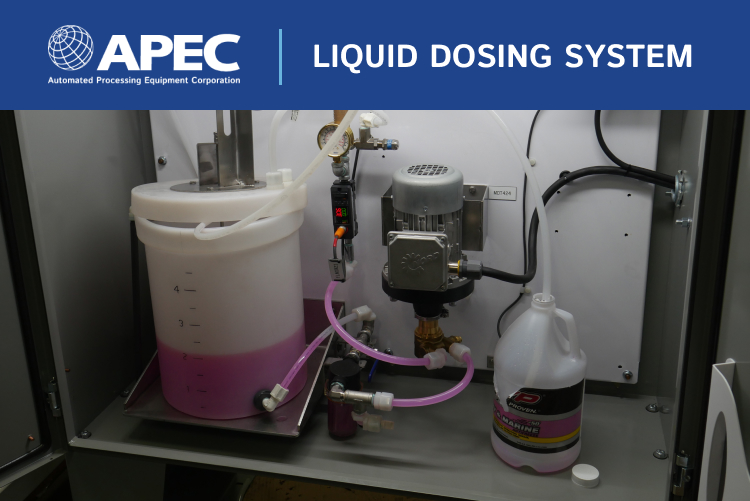
The ultimate goal in pet food production is to give companion animals the nutrition they need to stay healthy and live long, happy lives. However, even the healthiest, highest-quality pet food won’t be effective if pets don’t want to eat it. This is where palatants come in. Pet food palatants give all types of pet food the taste, aroma and texture that pets crave. Pet food palatants have changed over the years, improving pet food and processing, but also presenting new challenges.
What Are Pet Food Palatants?
Dogs use 1,600 taste buds to detect which foods are edible and good for them. Cats use 473 taste buds. Both animals can discern between different flavors, such as sour, bitter and salty, and this helps them determine what they should eat or what they want to eat.
Pet food palatants are designed to mimic the sensory experience a dog or cat experiences from their natural food source, mainly meat. This makes pet food more appetizing to pets. Palatants can be dry or wet, and they are often combined together. They are used in dry and wet pet food varieties, as well as treats, rawhides, tablets and more. They can be derived from animal or plant proteins.
The first pet food palatants were called “digests.” They were enzymatically broken down into dry proteins and added to pet food. Palatants have changed a great deal over the years, and continue to play an important role in making nutritious pet food enticing to pets.
The Application Process
The process for properly applying pet food palatants is important to ensure they are absorbed by the product. Internal palatants may be added to the product itself during processing and also added as a coating. For the coating to adhere and absorb properly, a layer of fat or oil is distributed over the product. Then, the liquid palatants are added, followed by the dry palatants.
Finding the Right Pet Food Palatants
The first challenge in pet food palatants is finding the right palatants for the mix. Some palatants are formulated to be much richer in flavor, scent or texture, while others are more mild. Different palatants also offer different protein and nutrient content, depending on their source and how they are processed.
To find the right pet food palatants, pet food processors and researchers consider the following:
- The palantant richness compared to the richness of the pet food.
- Palatant composition, including protein content, nutrient content, salts, etc.
- The palatant thickness, suspended solids and processing equipment.
- Product claims, such as plant-based, grain-free, natural, low-fat, non-GMO etc
It’s important to consider the end result of the pet food product as well as the application process of the palatants. Since palatants are made from fats and oils, they can more easily cause problems with coating equipment.
Testing Pet Food Palatants
The best way to assess whether or not pet food palatants actually make pet food appetizing to pets is to test them. This is usually conducted through a bowl test. A dog or cat is given two different pet foods, and the animal’s reaction shows how well the palatants work.
Though the bowl test may seem straightforward, researchers must take a few important considerations into account. For example, the way a pet initially reacts to the food may be different from their ongoing reaction. A pet may be initially drawn to one type of food, dislike the taste, and then try another. Dogs and cats also have different eating habits that change the bowl test measurements. While dogs will eat their food more quickly, cats will eat and return to the bowl multiple times. Researchers study these reactions and many other factors when considering the effectiveness of pet food and pet food palatants.
Trends in Pet Food Palatants
As pets have become increasingly important in their owners’ lives, owners are seeking foods that can help their pets lead longer, healthier lives. Pet owners are increasingly looking for pet foods that are more natural, contain more wholesome ingredients, and provide better nutritional support. The market for products with “clean” labels—containing no meat byproducts, allergens, artificial flavors, colors, etc—and fresher ingredients has grown. Pet food palatants are still an important part of these products, however keeping the products fresh has introduced new challenges. These fresh or raw ingredients are more difficult to protect from oxidation and spoilage. Pet food processors and equipment manufacturers are developing new strategies to support this growing market.
Pet food palatants play an essential role in pet food production. Different types of palatants also present different advantages and challenges. In our next blog posts, we’ll discuss equipment challenges and solutions when applying pet food palatants.







